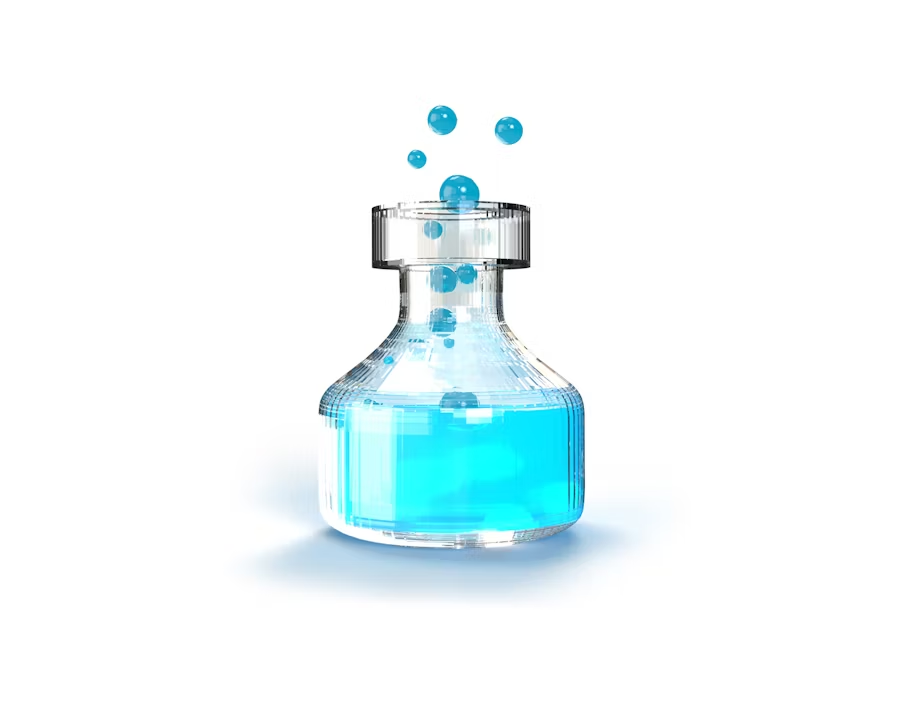
AHA Peels Explained: Benefits, Protocol & What You Must Know
Alpha Hydroxy Acid (AHA) peels are among the most effective and beginner-friendly skin treatments offered in professional skincare. Backed by years of research and practical application, AHA peels are ideal for anyone wanting to improve skin tone, texture, and radiance without the downtime of more aggressive treatments.
Here’s a comprehensive look into AHA peels, their science, benefits, usage, and professional protocol — based on insights from our expert-led (Nahid) training modules.
1. What Are AHA Peels?
Alpha Hydroxy Acids (AHAs) are water-soluble acids derived from fruits and milk. Common types include glycolic, lactic, and mandelic acid. These acids gently exfoliate the top layer of skin, helping to remove dead cells, unclog pores, and stimulate skin renewal.
Unlike mechanical scrubs, AHA peels do not involve any harsh abrasion, making them suitable for sensitive skin when used in the right concentration and pH.
2. How Do AHA Peels Work?
AHA peels work by breaking down the bonds between dead skin cells on the surface (stratum corneum), allowing them to slough off naturally. This accelerates the skin’s cell turnover, encouraging the production of fresh, healthy cells.
The depth of penetration depends on:
Concentration (%) of the AHA.
pH level of the formulation — the lower the pH, the stronger the acid.
In our course, we emphasize the importance of balancing these two factors for safety and effectiveness.
3. Key Benefits of AHA Peels
Brightens dull skin: By removing dead skin cells, AHAs help reveal a fresher, more radiant complexion.
Minimizes fine lines and wrinkles: Over time, regular use of AHA peels can improve skin elasticity and smoothness.
Fades pigmentation: AHAs reduce the appearance of sunspots, melasma, and acne marks by targeting melanin buildup.
Unclogs pores: Especially effective in prepping acne-prone skin by dissolving excess oils and dead skin layers.
Improves skin tone and texture: Skin feels smoother and softer after just a few sessions.
4. Who Can Use AHA Peels?
While AHA peels are suitable for most skin types, skin professionals must assess each client using the Fitzpatrick Skin Type Scale. This helps determine how likely the skin is to tan or burn, which is essential in selecting the correct peel type and strength.
Our training covers everything from melanin behavior in various ethnicities to the importance of pre-treatment analysis.
5. AHA Peel Protocol – Step-by-Step
The professional AHA peel protocol taught at Nadmac includes:
Pre-Peel Prep:
Skin cleansing with degreasers.
Application of a pigment inhibitor to reduce the risk of post-inflammatory hyperpigmentation (PIH).
During the Peel:
AHA solution is applied with a brush or cotton swab.
Time is monitored closely, usually 3–7 minutes depending on skin tolerance.
Peel is neutralized and removed with a neutralizing solution.
Post-Peel Care:
Application of soothing agents and SPF.
Clients are advised on sun protection and avoiding exfoliants for at least 5 days.
Each step is essential in ensuring safe and effective results, especially with clients who have a history of sensitivity, acne, or pigmentation.
6. Common AHA Acids You Can Start With
We recommend practicing with sample-sized acids before investing in full sizes. Some beginner-friendly AHA acids include:
Glycolic Acid: Deep penetration; best for mature, textured skin.
Lactic Acid: Gentle; ideal for dry and sensitive skin.
Mandelic Acid: Largest molecule; slow penetration, perfect for ethnic and acne-prone skin.
Each acid serves a unique purpose and can be used based on skin condition, age, and treatment goals.
7. Who Should Avoid AHA Peels?
Clients with:
Active herpes outbreaks
Eczema or psoriasis in the treatment area
Recent sunburns
Allergies to the specific AHA used
…should avoid the procedure or consult a physician beforehand.
Also, pregnant or breastfeeding clients should receive a modified protocol or skip active acids entirely.
AHA peels are a powerful, profitable, and popular skincare service — but only when performed with knowledge and precision. Our detailed training equips beauty professionals with all the science, technique, and client care needed to ensure consistent results. Whether you’re new to skin services or looking to add another advanced treatment to your beauty menu, AHA peels are a must-have.



